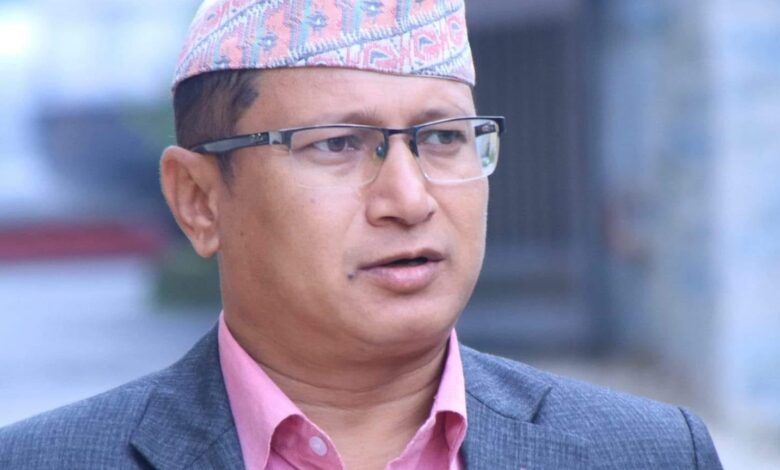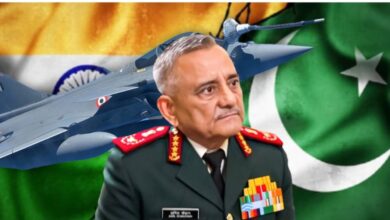Trump-Zelensky Talks: Reimagining U.S. Policy, and Nepal’s “Lesson in Self-Reliance”

# By Prem Sagar Poudel
The recent meeting between U.S. President Donald Trump and Ukrainian President Volodymyr Zelensky at the White House has signaled a potential shift in the map of international politics. This was not merely a diplomatic interaction between two leaders but exposed deeper realities: U.S. greed for Ukraine’s mineral resources, the complexities of the war with Russia, and America’s evolving policy toward weaker nations. Trump pressured Zelensky to grant access to Ukraine’s lithium, uranium, and gas reserves as a precondition for a ceasefire. However, the deal collapsed when Zelensky failed to secure concrete security guarantees from the U.S. This deepened the existing rift in U.S.-Ukraine relations. Trump’s labeling of Zelensky as a “provocateur of a third world war” further amplified the controversy on the global stage.
For small nations like Nepal, this event carries profound lessons. Nepal has already tasted external interference, such as the 2006 12-point Delhi Agreement. Just as Trump’s “America First” policy signaled reduced support for Ukraine, it compels Nepal to rethink its reliance on foreign aid. Ethnic, regional, and ideological divisions in Nepal risk fostering chaos akin to the challenges Ukraine faces in preserving its sovereignty. Policies promoting federalism and inclusion, if mismanaged, could weaken national unity. Similarly, the U.S.-Russia competition over Ukraine’s minerals mirrors the challenges Nepal faces in balancing its water resources, Himalayan geostrategy, and the tug-of-war between the Yuan and Dollar.
China interprets this dialogue as a sign of Western alliance instability and the rise of a multipolar world. In the Ukraine-Russia conflict, China advocates for “respect for sovereignty” and “peaceful resolution,” dismissing U.S. intervention as impractical. Through its Belt and Road Initiative, China aims to turn the Ukraine crisis into an opportunity by expanding economic cooperation. Meanwhile, America’s Asia-centric strategy risks escalating tensions over Taiwan and the South China Sea. For Nepal, China’s focus on Trans-Himalayan connectivity and trade corridors offers a pathway to self-reliance.
Globally, this talks hints at shifting power dynamics. As the U.S. retreats from Europe, China and Russia’s expanding influence fuels fears of a new Cold War. Nepal must adopt cautious neutrality, prioritizing its own resources and workforce. Ukraine’s example warns that dependence on external powers leads to disintegration. Nepal must forge national unity and a self-reliant economy while navigating strategic balance between India and China. Hydropower, agriculture, and tourism must form the bedrock of its economy.
The Trump-Zelensky talks remind the world of power politics’ harsh truth: “Weak nations must shape their own destiny.” Nepal must learn self-reliance, national unity, and strategic autonomy. Foreign aid should catalyze development, not dependency. As Ukraine’s plight teaches, “progress lies in standing firm on one’s own soil.” For Nepal, the time has come to build a development model rooted in its identity, leveraging external cooperation without surrendering sovereignty. The path forward is clear: prioritize homegrown solutions, safeguard unity, and anchor growth in indigenous strengths.







